Korean Seaweed(gim): A Must-Try Korean Delicacy and Souvenir(Types, Tastes, Pairings, and Shopping Tips)
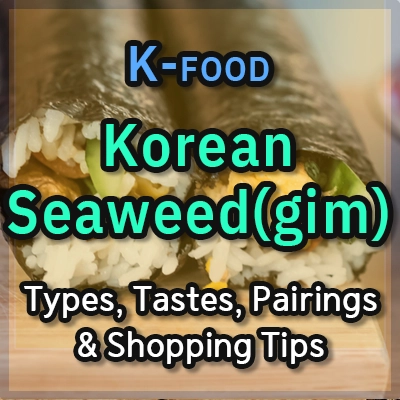
Korean seaweed, known as “김” (gim) in Korean, is an integral part of Korean cuisine, loved for its unique flavors and versatility. In this article, we’ll dive into the various types of Korean seaweed, its delectable tastes, ideal food pairings, and tips on purchasing it economically.
Types of Korean Seaweed
1. Jaerae Gim(재래김)
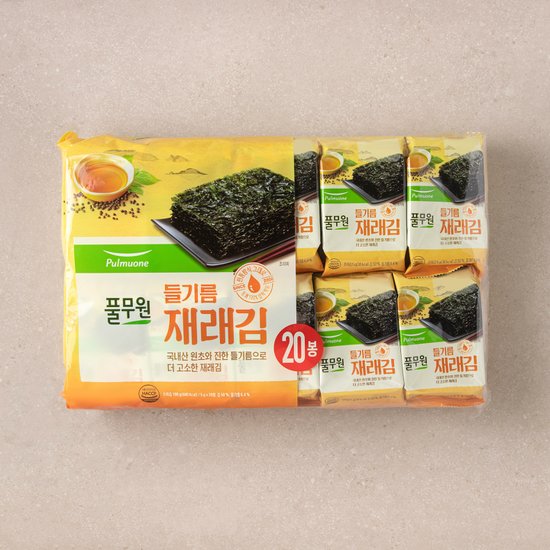
Jaerae Gim (Seasoned Seaweed), often referred to as “Mat Gim,” is the most commonly consumed seaweed in Korea. It has a thin texture, providing a smooth and crisp mouthfeel. When roasted, it boasts a vibrant green color. It’s rich in protein, dietary fiber, vitamins, and various nutrients.
2. Parae Gim(파래김)
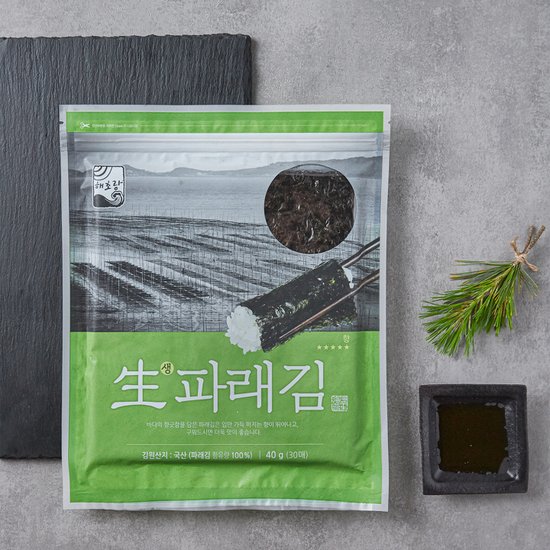
Parae Gim, as the name suggests, is made from parasitic seaweed. It has a distinct crunchy texture and a more pronounced ocean flavor compared to Jaerae Gim. Typically, Para Gim is blended with other types of seaweed due to its slightly bitter taste. It’s known for being rich in calcium, promoting dental health, and offering relief for conditions like atopic dermatitis and hypersensitive skin.
3. Dol Gim(돌김)
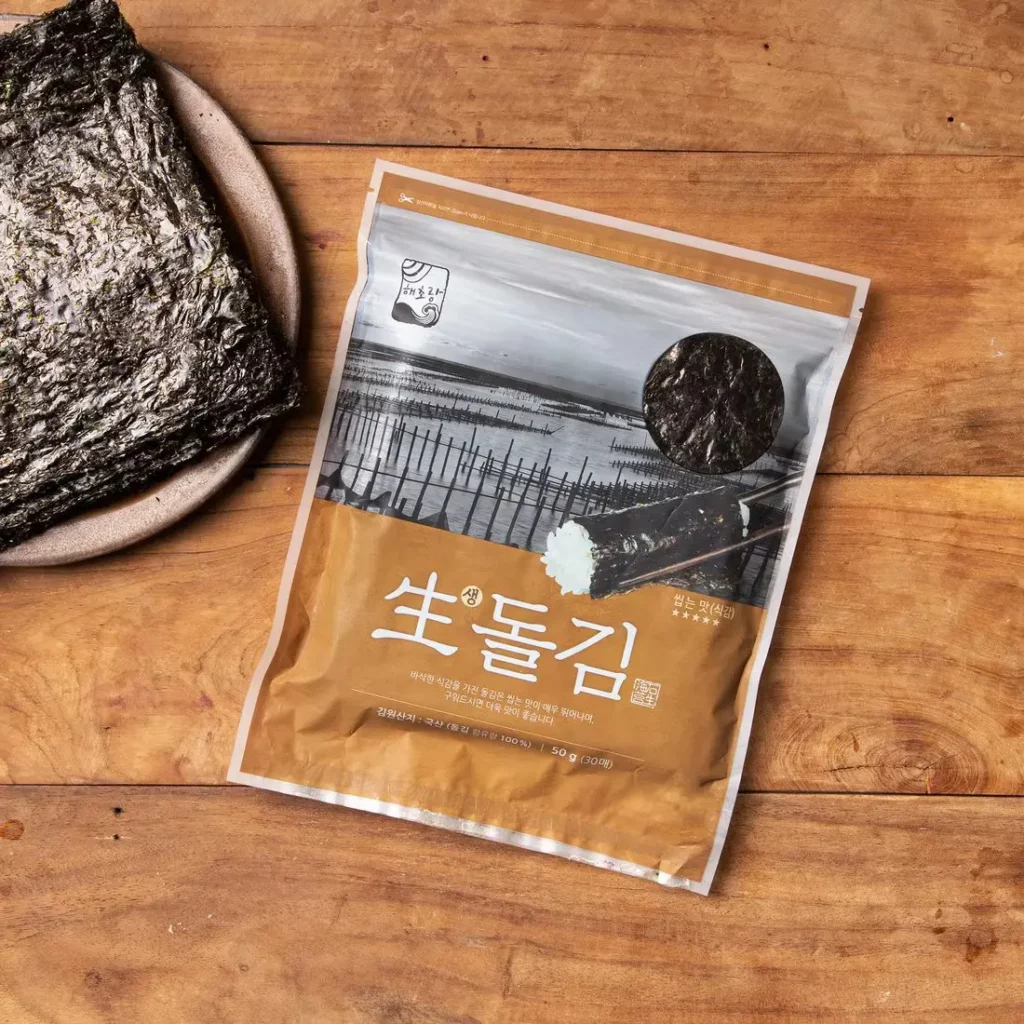
Dol Gim (Stone Seaweed), on the other hand, grows attached to rocks and has a thicker, coarser texture compared to Jaerae Gim and Parae Gim. It is appreciated by seaweed enthusiasts for its enjoyable chewiness and sweet taste, making it a favorite among connoisseurs. (I also happen to be a fan of Dol Gim myself!)
4. Gopchang Gim(곱창김)
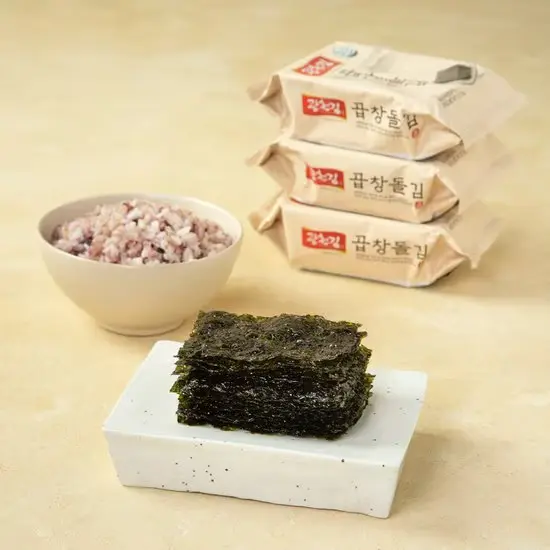
Gobchang Gim (Intestine Seaweed) is a special variety of Dol Gim . It is produced in limited quantities, with only around 20 days of production each year, making it two to three times more expensive than regular Dol Gim . It undergoes sun sterilization using natural solar energy and is cultivated using traditional methods. This attention to detail earns it the distinction of being a premium seaweed variety.
❗However, given its higher price, there have been instances of counterfeit Gobchang Gim in the market. Unlike regular seaweed, Gobchang Gim has a pronounced sweetness. This has led some unscrupulous producers to add sweeteners to regular seaweed, falsely marketing it as Gobchang Gim. So, consumers should be cautious when purchasing this delicacy.
5. Gimjaban(김자반)
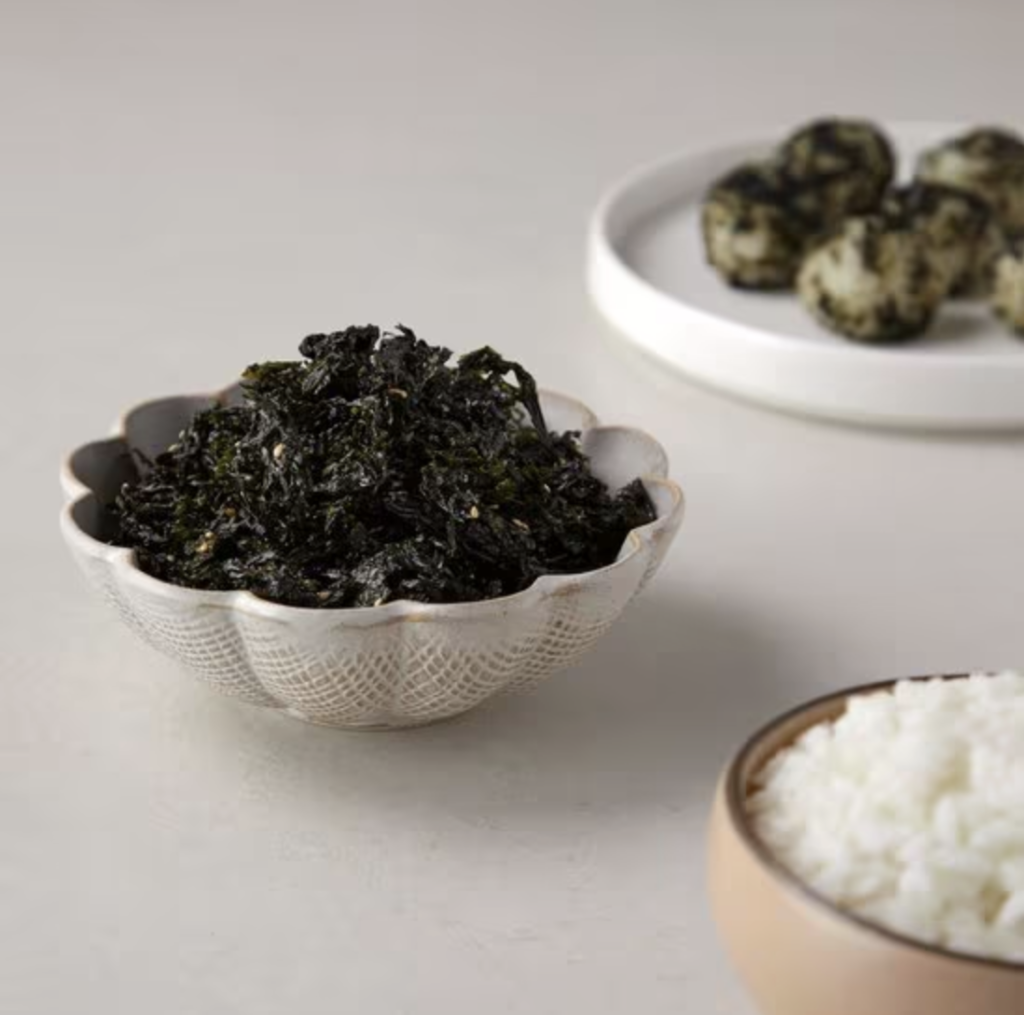
‘Gimjaban’ which refers to seasoned dried seaweed. It is a popular Korean side dish made from sheets of roasted seaweed, typically seasoned with a mixture of sesame oil, soy sauce, sugar, and sesame seeds. Gimjaban is known for its crispy texture and savory, slightly sweet taste. It is often served as a crunchy accompaniment to rice and is enjoyed as a snack or side dish in Korean cuisine.
Tastes of Korean Seaweed
Korean seaweed provides a medley of flavors, including umami, saltiness, and a hint of natural sweetness. It adds depth to your dishes and elevates the overall taste, making it a must-try for anyone exploring Korean food.
Perfect Pairings
Korean seaweed complements various dishes:
1. Gimbap
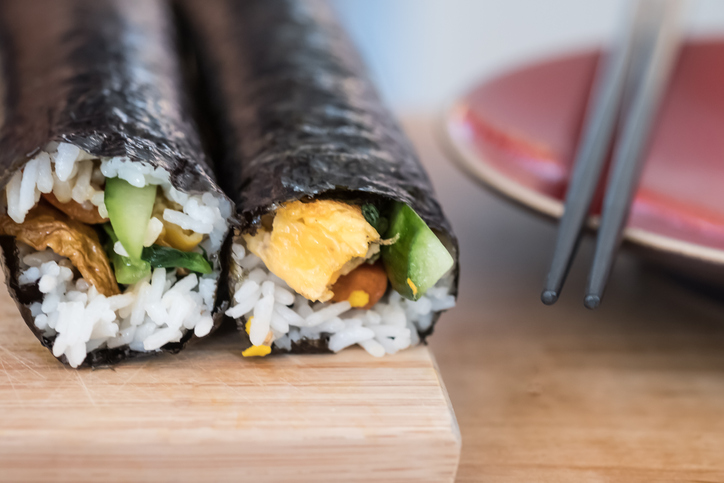
Gimbap, as the name suggests, is a dish made using seaweed(gim) and rice(bap). It involves rolling various ingredients such as vegetables and meat inside a rectangular piece of seaweed, which is slightly larger than the palm of your hand.
The seaweed used for making gimbap is carefully selected to have just the right thickness – not too thin and not too thick – and it doesn’t have any holes in gim. It’s worth noting that the type of seaweed used can vary in Korean cuisine, adding a unique touch to the experience of enjoying gimbap.
2. Jumeokbap
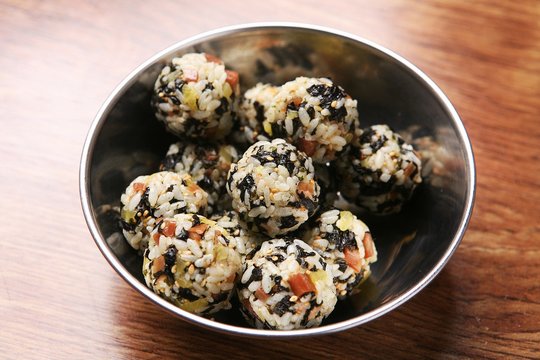
Jumeokbap, a Korean dish, consists of warm rice mixed with finely chopped seaweed, complemented by the delightful textures of various vegetables or flying fish roe. It’s traditionally shaped into round, fist-sized portions and is often served alongside spicy dishes like stir-fried small octopus, spicy braised ribs, or spicy chicken feet, as the flavors pair exceptionally well.
3. Gimbugak
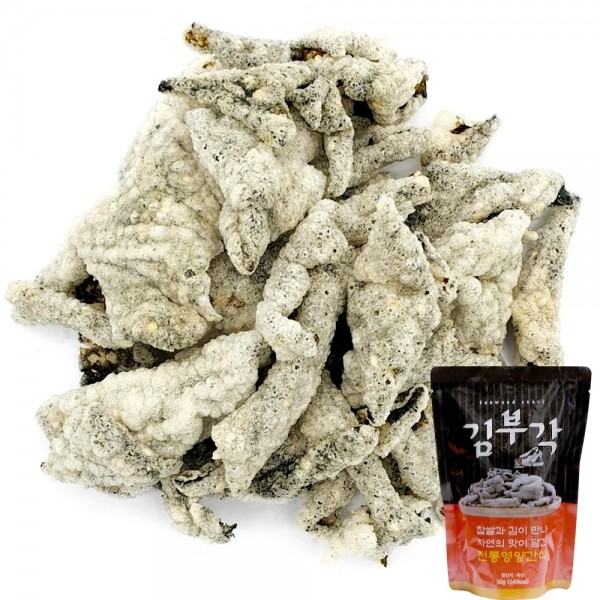
Gimbugak is a traditional Korean snack made by coating seaweed with glutinous rice paste and deep-frying it to a crisp golden brown. The nutty rice coating complements the seaweed, creating a deliciously savory flavor. gimbugak is enjoyed as a popular snack and pairs wonderfully with beer, making it a perfect accompaniment for drinks. You can often find it being sold at traditional markets in Korea. Give it a try!
Reasonable Shopping Tips for Foreigners
1. Avoid buying seaweed through guides.
Some tourists who purchase seaweed through travel guides end up paying unreasonably high prices. While not all guides engage in this, there are instances where seaweed is sold at much higher rates than the actual market price in touristy areas. Be cautious, and if possible, consider purchasing seaweed separately at a local mart or market.
2. Shop with a Korean friend.
This tip might seem obvious, but if you have a Korean friend with you, it can be incredibly helpful. Since seaweed is a staple in Korean cuisine, most Koreans have a good sense of what constitutes a reasonable price. So, don’t hesitate to get assistance from your Korean friends; they are known for their friendliness!
3.Visit large supermarkets or traditional markets.
When you visit a big grocery store, you can find a variety of seaweed brands. Some of these stores even have dedicated sections for seaweed. This means you can purchase seaweed that is affordable and commonly consumed by Koreans. Traditional markets, on the other hand, are excellent places to find shops that roast seaweed on the spot. These freshly roasted seaweed sheets are not only incredibly flavorful but also reasonably priced. (Note that markets in tourist-heavy areas, such as Myeongdong, might be more expensive, so it’s recommended to visit traditional markets frequented by locals!)
Korean seaweed is more than a snack; it’s a gateway to Korean culinary adventures. Incorporate this versatile ingredient into your meals, and you’ll discover the magic of Korean cuisine. Enjoy your journey into the world of Korean seaweed!
🔥Recommend🔥
Korean Grocery store: A Comprehensive Guide and Shopping Tips
Are you exploring the vibrant streets of South Korea and curious about the unique offerings of Korean grocery stores? Whether you’re a visitor or a resident, navigating the aisles of a Korean supermarket can be an enriching experience.




0 Comments